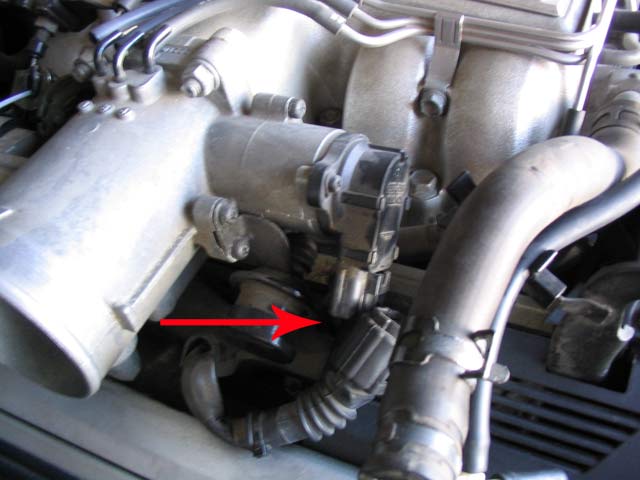|
Notes Replacing the TPS is easy, but adjusting it is a little tricky. I'll show you how to adjust it by the book and I'll explain my method as well. Tools Needed:
Parts Needed:
    
Adjustment of the TPS, The Official Method   7) Turn the TPS clockwise until resistance on the ohmmeter is gone and then tighten the two screws. 8) Now use your ohmmeter to check for continuity between terminals IDL and E2 with the 0.40mm thickness gauge still inserted between the throttle stop screw and lever. There should be continuity. 9) Now insert a 0.85mm thickness gauge between the throttle stop screw and lever. There should not be any continuity. 10) Replace the throttle body cover, plug the connector back into the TPS, and go for a test drive. My method relies on knowing the correct idle speed and doing a little trial and error. It may not be as elegant as the official method, but it does work.
So by turning the TPS clockwise, which puts more tension on the sensor, the idle speed is raised. It's the same as when you put your foot on the gas and the throttle opens, doing this puts tension on the TPS. Since the sensor doesn't rotate much you can tell that small movements yield big changes in the idle speed. The range between highest and lowest settings on my LS was about 600-1300 RPM. My first test drive the sensor was set too low and it caused very jumpy highway performance. I then adjusted it a little higher and it was much better. Basically I fine-tuned the TPS until my idle was about 650 RPM and it drove smooth, both on the highway and in the city. Since it only takes a few seconds and a screwdriver to adjust the TPS doing it this way is easier.
Replace and adjust the TPS
Submitted by xxx@******.com Revision 0 Article submitted on 4 Sep 2010 Last modified on 12 Sep 2010 Viewed 7024 times |
|
|
||||